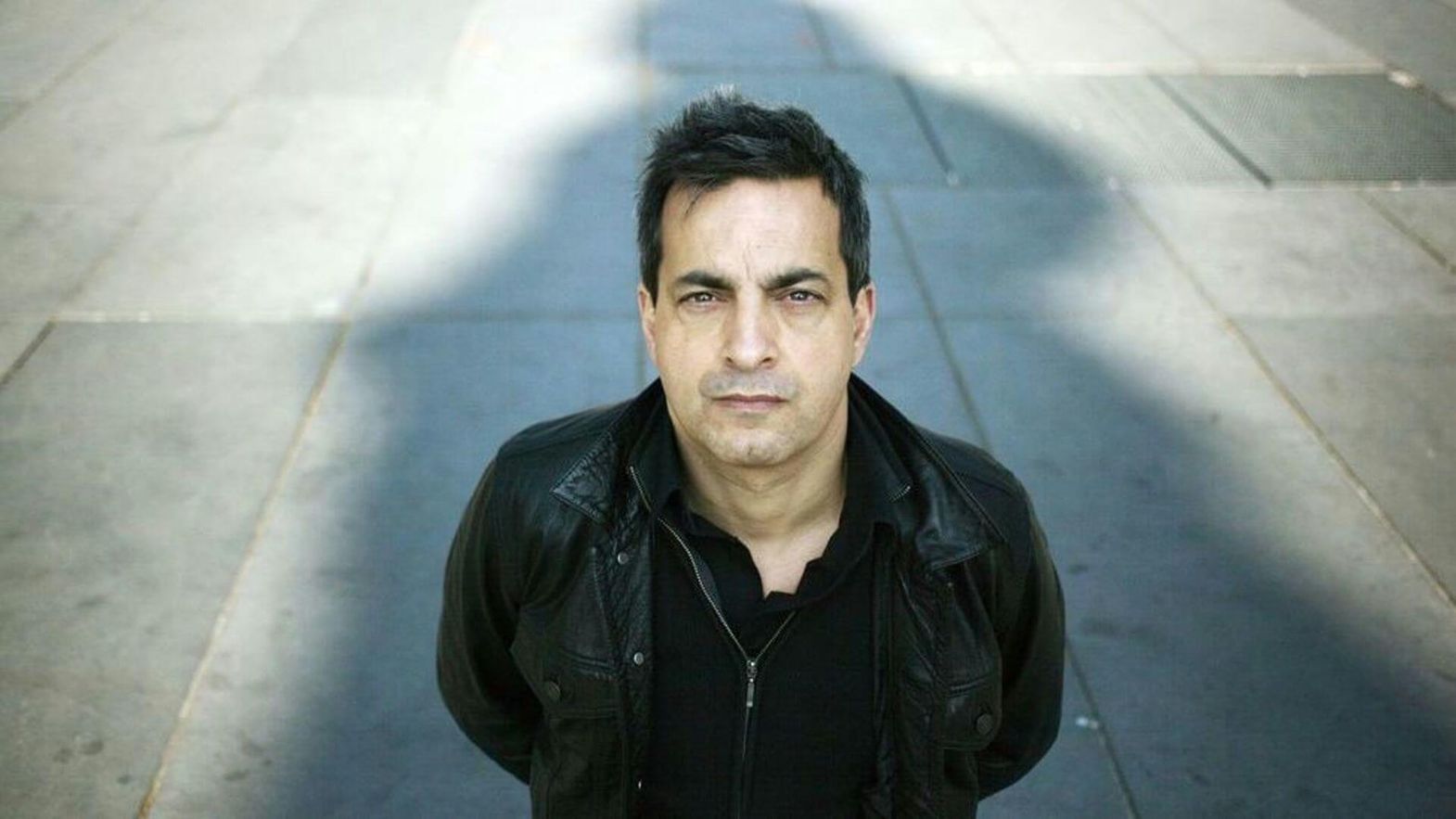 © Remy Artiges
© Remy Artiges
A year after premiering the first part in the Concorso internazionale, Sylvain George is back in Locarno with Nuit obscure – Au revoir ici, n’importe où, the second half of his exploration of Melilla, a Spanish enclave in Morocco that acts as a border point between Africa and Europe. He spoke to us about the making of the project.
This is the second part of a longer project. How did you find the demarcation point between the first and the second part?
In the first part, I tried to present the city of Melilla, a Spanish enclave in Morocco which is, with its sister Ceuta, one of the last European colonies as well as a land border between Europe and Africa; an extremely militarized place where increased surveillance is exercised over populations mainly of sub-Saharan or North African origin, forced, by the visa policy implemented by Europe, to skew and borrow at the risk of their extremely dangerous paths to cross the border in the hope of reaching Europe. Alongside geopolitical views, I tried to show how young Moroccan adults in transit in Melilla, the ‘harragas’, tried to win to reach their end. In the second part, I tighten the focus even more on the ‘harragas’ by concentrating exclusively on these dozens of children and pre-adolescents totally left to their own devices who roam the city, trying to survive as best they can, and taking all the risks to climb into the trucks and boats leaving for Europe.
Melilla is a kind of ‘grey zone’. Did that influence the look of the films?
Without a doubt. An aesthetic is a construction that asserts and defines itself throughout the creative process and mobilizes both a constantly redefining cultural background, ideas that can animate us, emotions and sensations experienced from the ‘field work’, and which the exploration of the powers and resources of the cinematic medium aims to translate, because going into the field is essential and not a neutral operation. Trying to grasp and understand the necessities of reality, the different issues at work in a place, in a situation, means immersing oneself in a world that one does not know, which is not one's own, exposed to the unknown. Black and white, the play on the speed of the image, superimpositions, the construction of the film in fragments, etc., are some of the possibilities that the cinematic medium allows, and which make it possible to propose a new presentation of realities.
How long did the shooting take?
Filming for both parts was spread over a period of three years between 2017 and 2020, to which we must add stays and location scouting, the first of which dates back to 2006, and the following in 2015 and 2016. Right from the start, I wanted to do very in-depth, patient work, carried out over a substantial period of time, without however thinking that the film would finally take this form. This happened and imposed itself as the process began, and in particular during the editing, which also lasted three years.
This is the difference between considering a film as a closed form, or as a process which opens up to contingency and history.
You have always been interested in migration. Has the subject influenced your vision of cinema, or vice versa?
I deeply believe in the porosity between beings and things, I do not think that there is a domain of existence in its entirety, a given field, whatever it is, which escapes the notions of displacement, of crossing, as in the migration of forms. Cinema is no exception to the rule and its history shows how much it has been crossed by diverse and varied currents of thought. These are images that circulate and move across history. Migrant images, in a way.
Some people in Locarno may not have seen the first part. Do you have to have seen it to understand the second?
No, not at all. In the same way that there is no question of embracing and giving an exhaustive account of all the situations and realities encountered in Melilla, there is no question of constructing a closed and totalizing filmic ensemble, but rather a cinematic form open to what exceeds it. While the two parts do interact and correspond with each other, they are entirely autonomous and can therefore be viewed independently of each other.
Max Borg